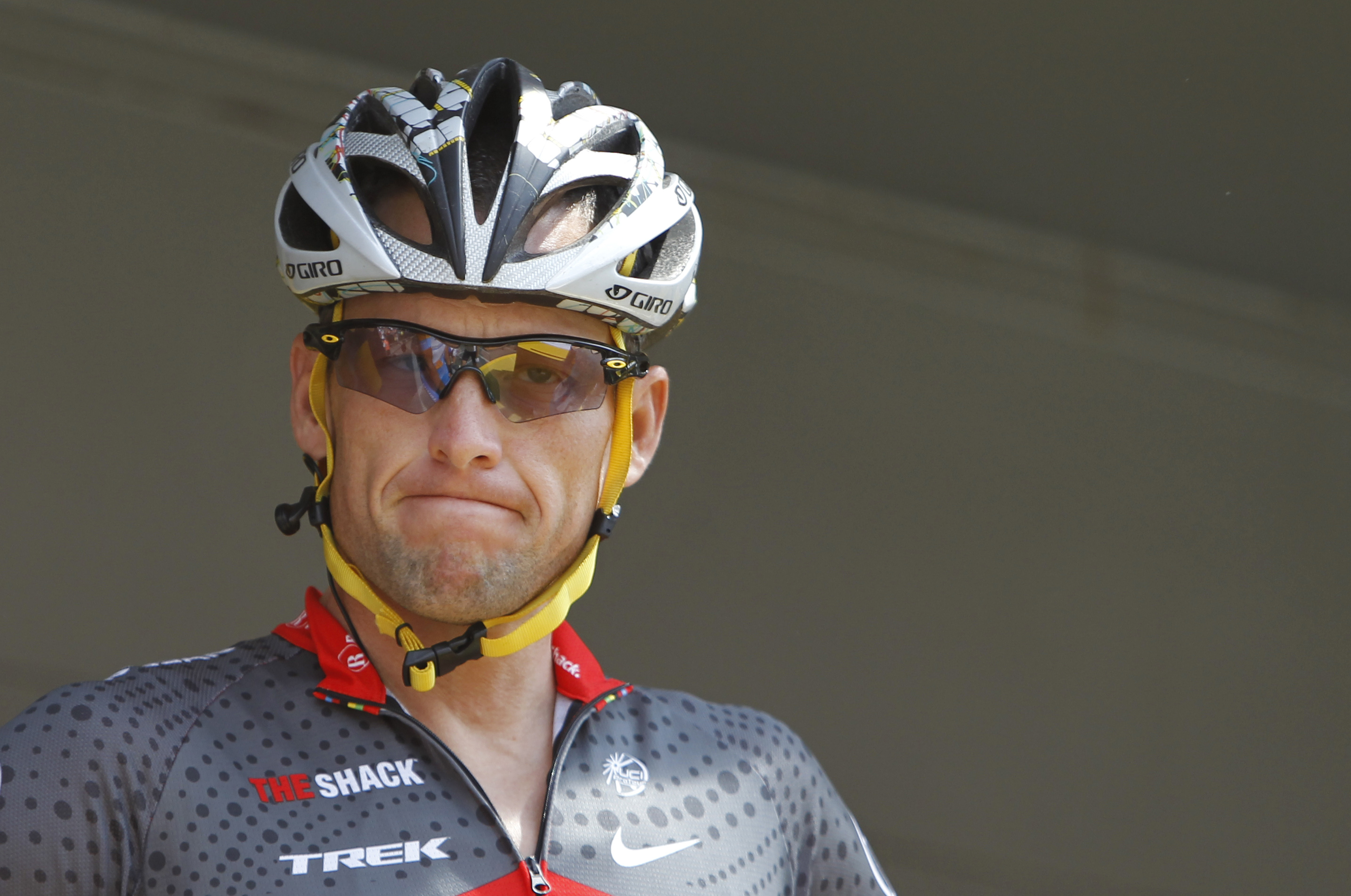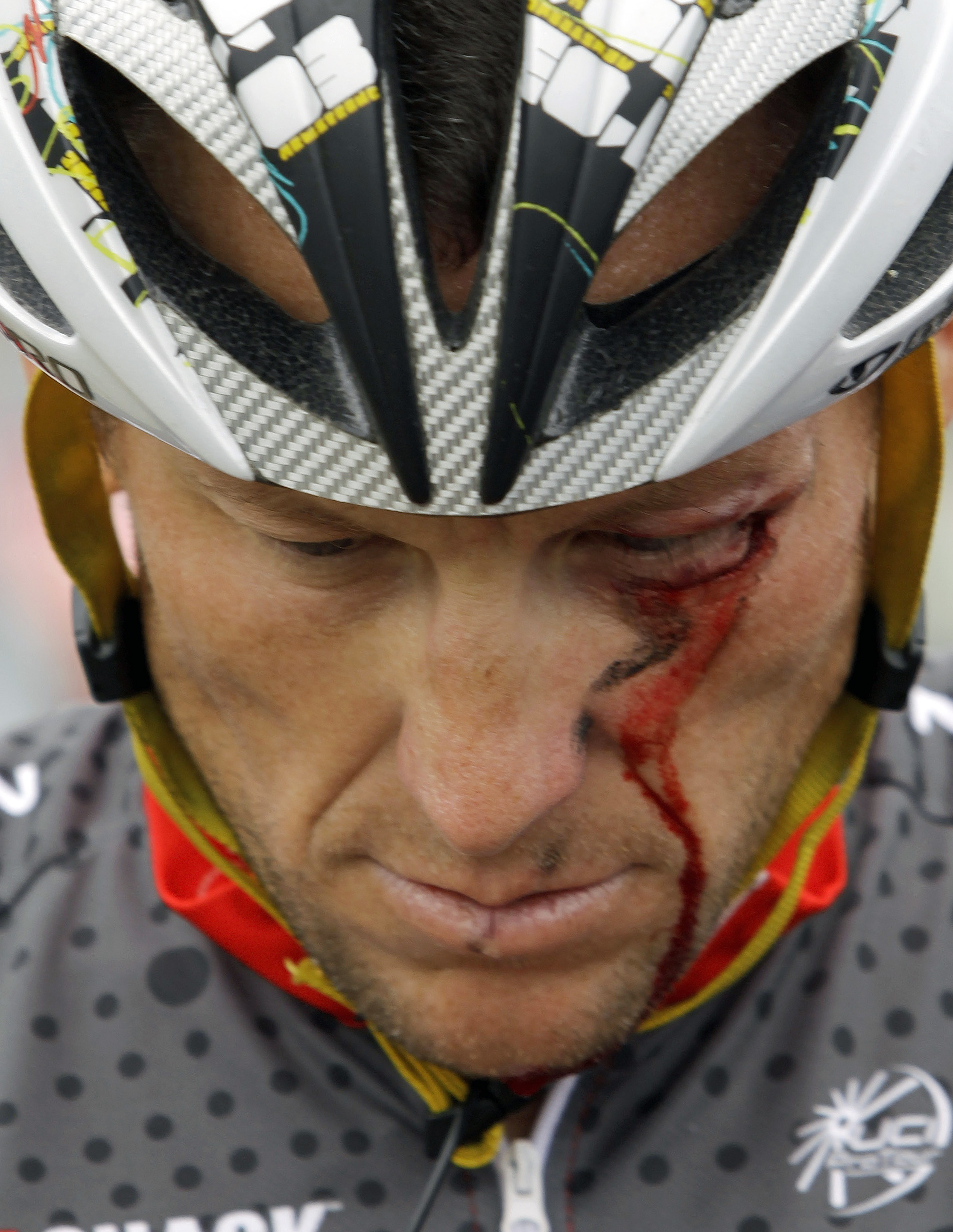After a 20-year run in Philadelphia and a seven-year stint in Greenville, S.C., the USA Cycling Professional Road & Time Trial National Championships are coming to Chattanooga for the first time this weekend.
It's also the first time this event has been staged since the sport's unquestioned superstar, Lance Armstrong, was stripped of his seven Tour de France titles and publicly admitted to doping practices following years of denial. Armstrong's impact on cycling has been compared to that of Michael Jordan in basketball, Michael Phelps in swimming and Tiger Woods in golf.
"Some people look at this as a dark era, but we've got to remember that all these things that Lance was accused of happened before 2009," said Micah Rice, this weekend's race director. "A lot has happened since those days. A baseball or football player can get busted for an illegal substance and will sit out some games before being welcomed back with open arms as soon as they enter the stadium, but that's not true in cycling.
"People really want to see the clean riders, and the riders who will be in Chattanooga are the up-and-coming riders who are part of a new era."
Rice, who competed at the national championships in Philadelphia and headed racing teams there and in Greenville, cites Ben King and Taylor Phinney among those leading the makeover. King, 24, won the road race national championship in 2010, when Phinney, 22, won the time trial title.
Phinney is racing in Italy this weekend, but King is scheduled to be in Chattanooga.
Before breaking his clavicle in a crash last week in California, David Zabriskie had planned to race in Chattanooga as a member of the Garmin-Sharp team managed by Jonathan Vaughters. Zabriskie and Vaughters were among the 11 former teammates of Armstrong who testified that U.S. Postal Team members used the banned blood booster erythropoietin.
Vaughters opened up last August in a piece for the New York Times.
"I chose to lie over killing my dream," he wrote. "I chose to dope. I am sorry for that decision, and I deeply regret it. The guilt I felt led me to retire from racing and start a professional cycling team where that choice was taken out of the equation through rigorous testing and a cultural shift that emphasized racing clean above winning."
After going through more than 1,000 pages of evidence, the United States Anti-Doping Agency last October stated that the U.S. Postal Team operated a conspiracy that was "professionally designed to groom and pressure athletes to use dangerous drugs, to evade detection, to ensure its secrecy and ultimately gain an unfair competitive advantage through superior doping practices."
"We're just talking about a very small sliver of this entire sport that has been under scrutiny these last few months," said Rice, who resides in Colorado Springs, Colo. "We're talking about the absolute top end European-based American road racers, but it's definitely been a piece in the spotlight. Lance was a rock star. He literally dated rock stars, and he was very front and foremost with big sponsorships with Nike and Oakley.
"But as far as the piece he represented, it's a pretty small sliver of the entire sport. We have over 3,000 events that we permit each year in the United States."
Spain's Miguel Indurian, who won five consecutive Tour de France titles from 1991 to '95, said last fall that Armstrong was ruining the sport's image. Armstrong announced his guilt to Oprah Winfrey in January, saying, "I view this situation as one big lie that I repeated a lot of times."
Despite Armstrong's downfall, cycling has more than survived in participation. Rice said USA Cycling had about 74,000 members by the end of 2012 and that membership has risen 5 to 8 percent each of the last several years.
"We've really noticed a groundswell in participation in cycling events," Rice said. "A lot of people around the country are getting on bikes. They are finding it's good for recreation and it's a good way to commute to work. We are seeing more bike lanes and bike trails going in.
"There are a lot more communities embracing cycling as a healthy activity for families, and I think it's only going to get better and better."

